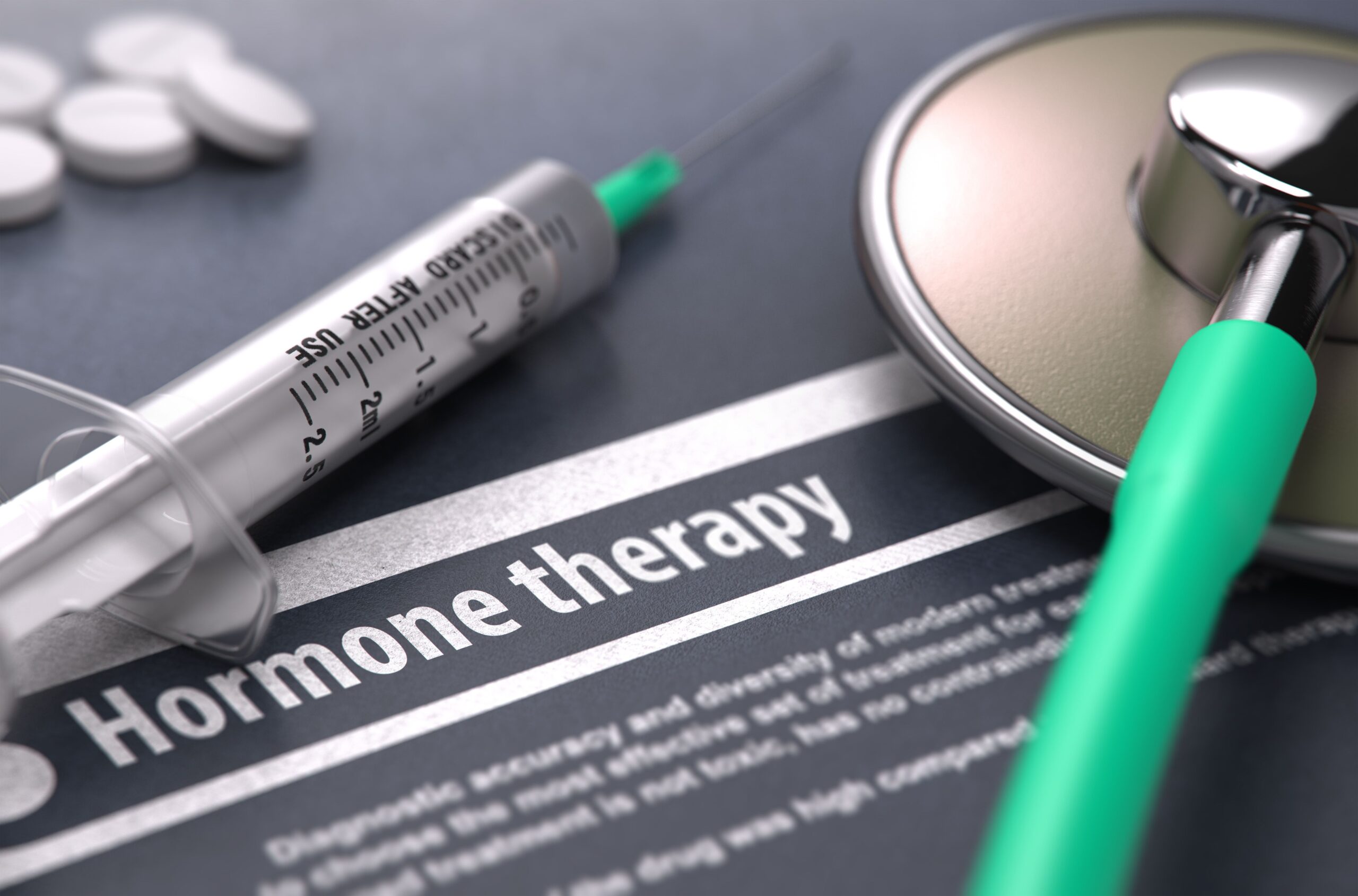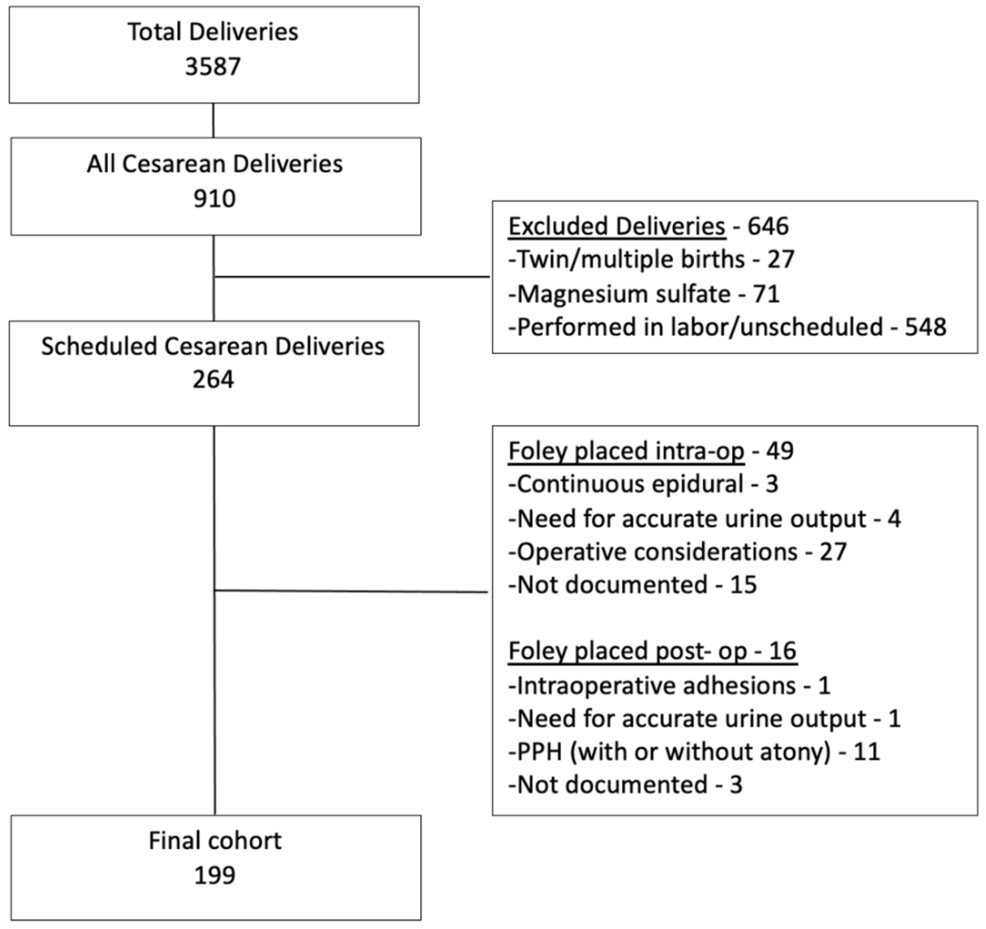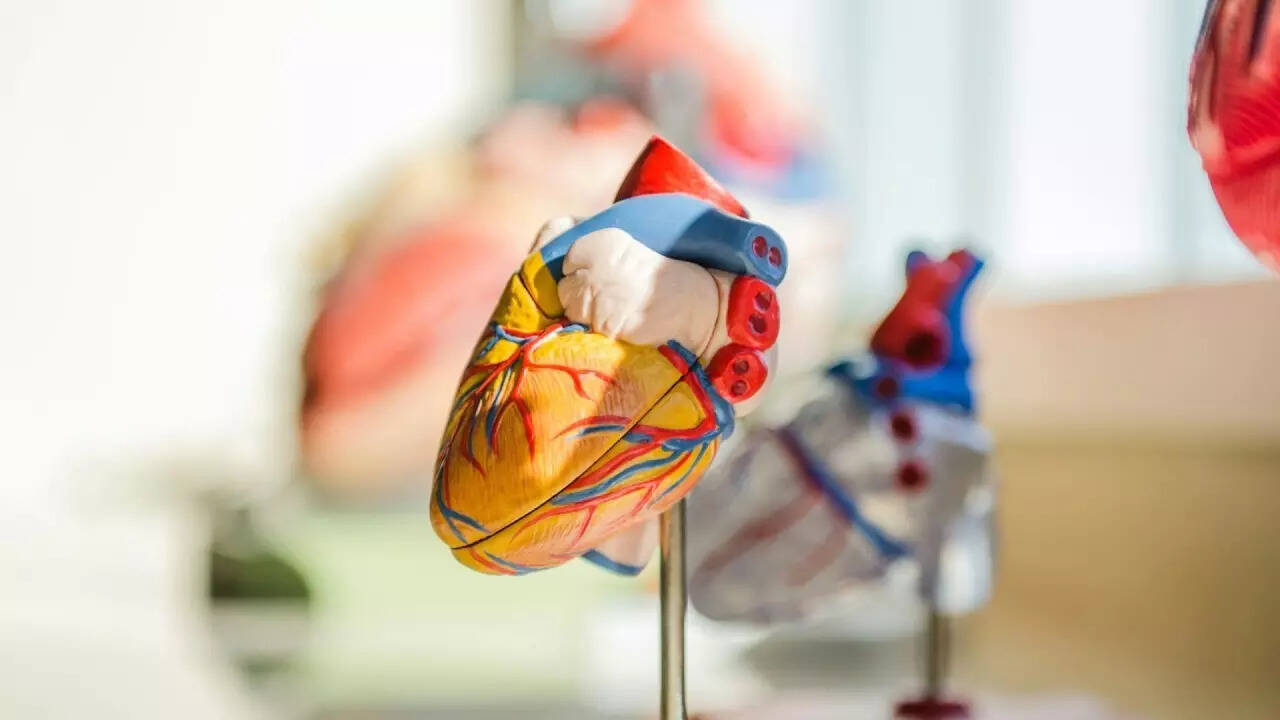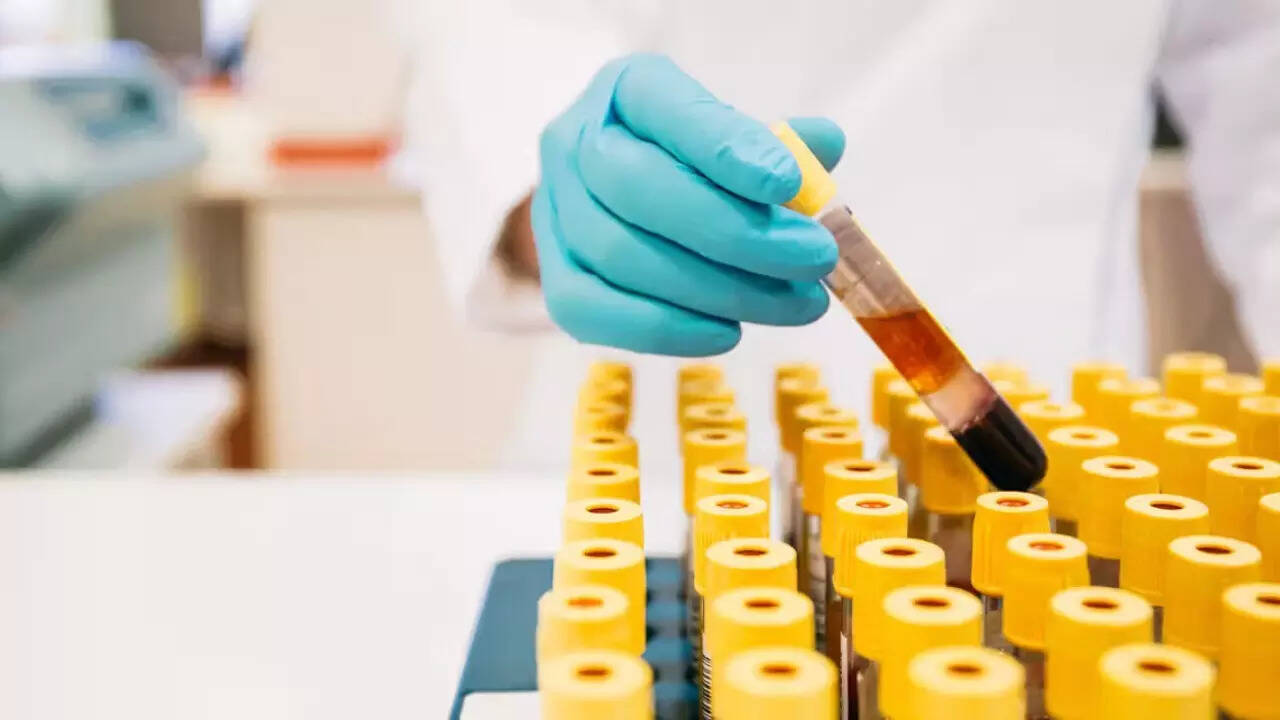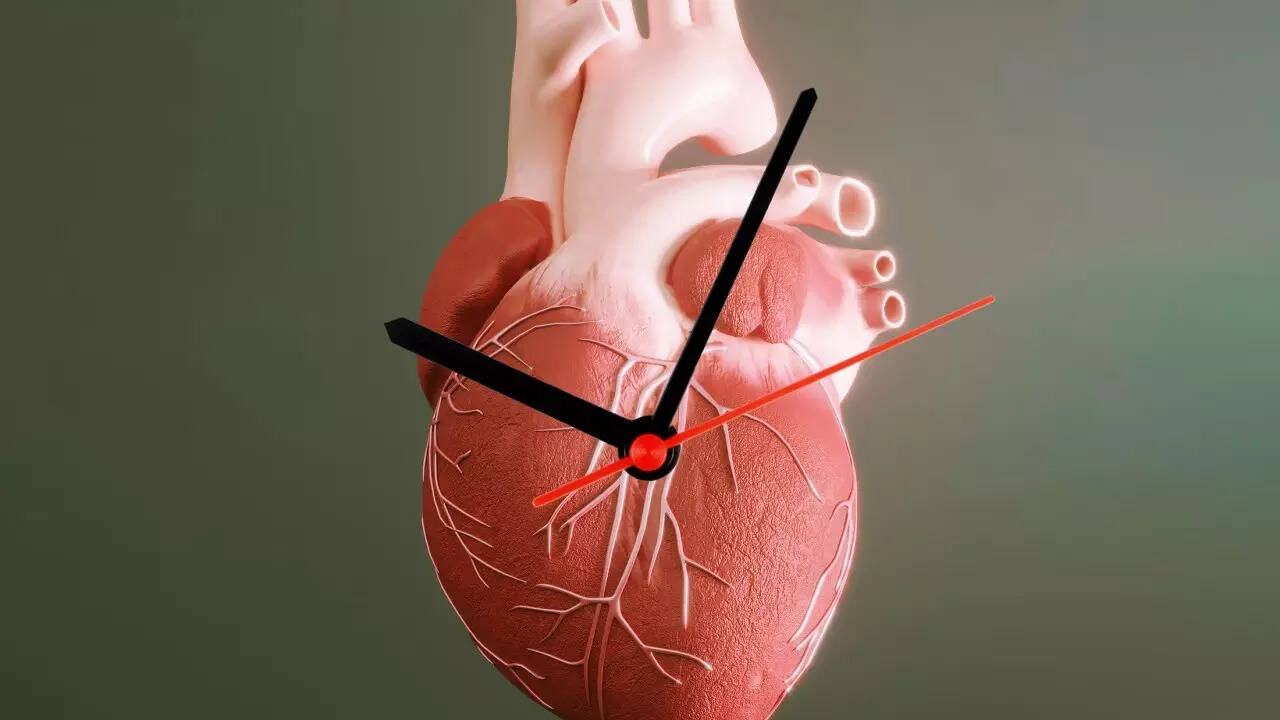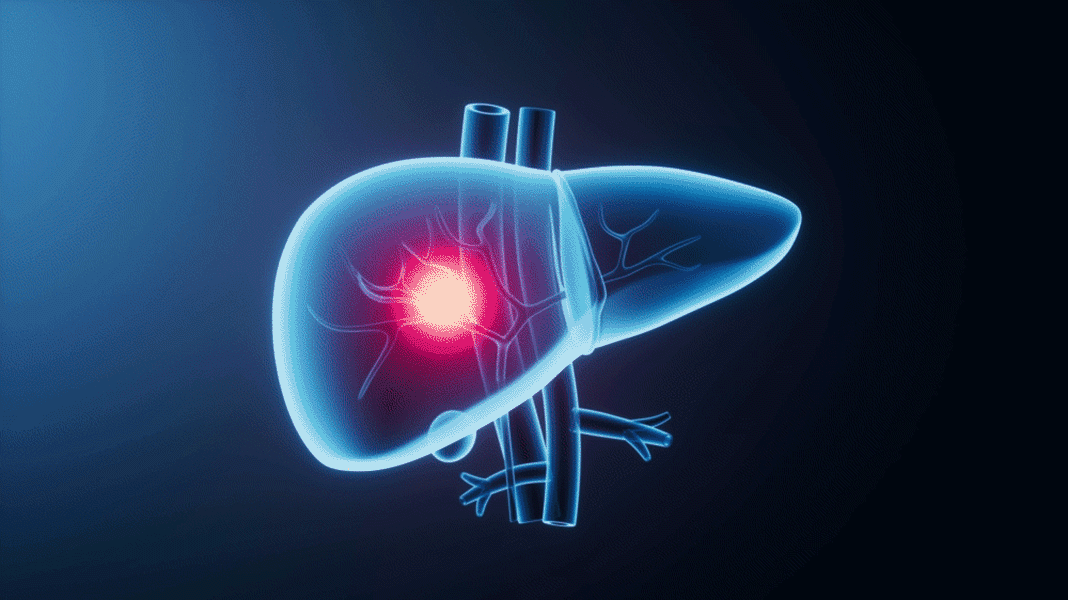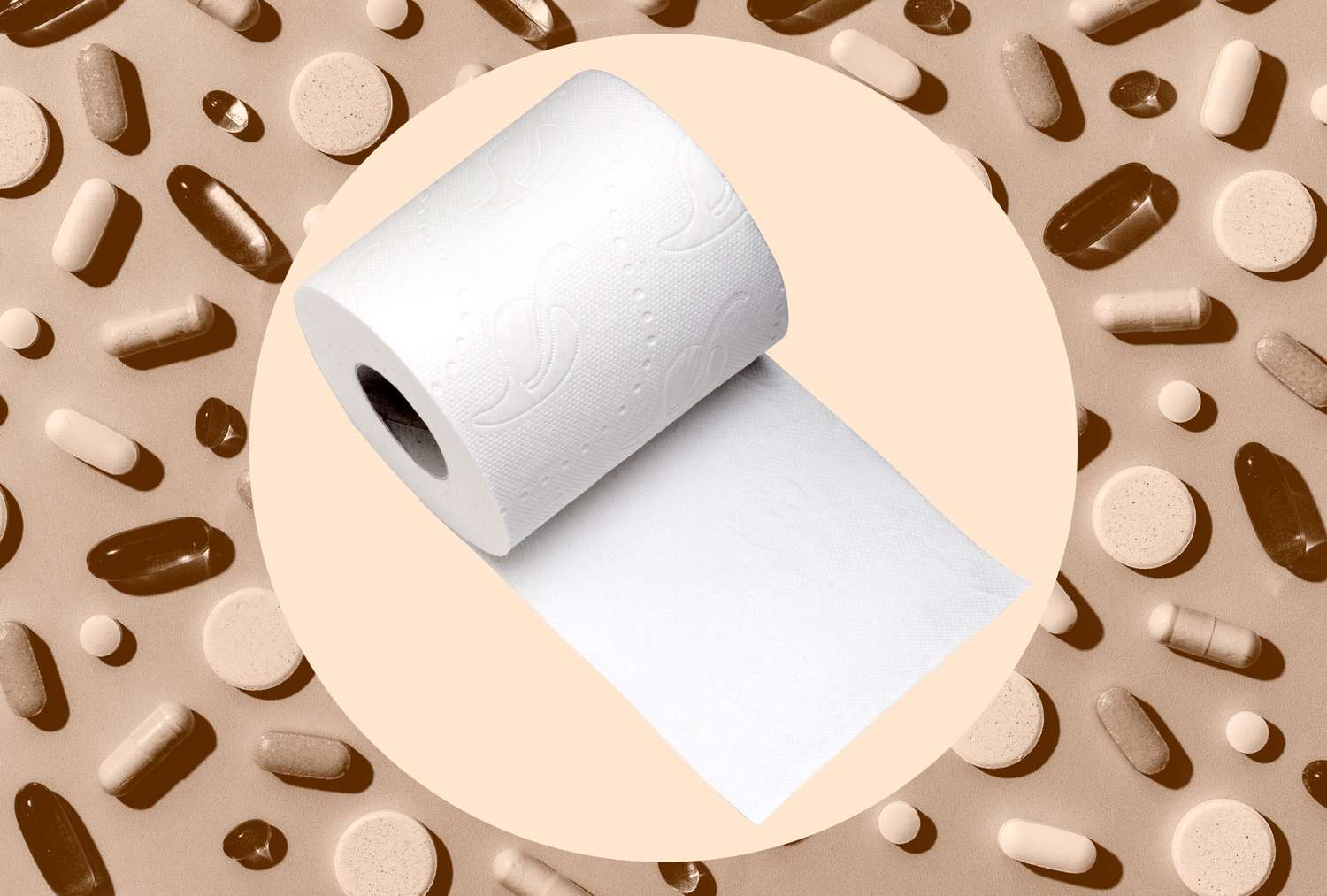The use of hormone therapy in women to prevent cardiovascular events has been a heavily contested topic in preventive cardiology for decades. The second full day of the ASPC 2025 Congress on CVD Prevention sought to settle the debate once and for all. Leslie Cho, MD, and Martha Gulati, MD, MS, MASPC, led a lively debate on the pros and cons of using estrogen in women to lower the risk of atherosclerotic cardiovascular disease.
Pro: Hormone Therapy May Be Useful Within 10 Years of Menopause
Use of hormone therapy is a hot-button topic in preventive cardiology. | Image credit: tashatuvango – stock.adobe.com
Cho, section head of preventive cardiology and cardiac rehabilitation at Cleveland Clinic, opened the debate with her argument for hormone therapy.
“This is my first time at ASPC. When I was first asked to give a talk, I really could not believe I was talking for the Pro for hormone replacement therapy, and debating [Gulati], your immediate chair. What a way to say, ‘Welcome to the meeting,’ I guess,” she joked to laughs from the audience.
In a short poll, 78% of the audience were against the use of hormone therapy, which Cho acknowledged meant that she had her work cut out for her in trying to convince them that hormone therapy was worth looking into. According to Cho, approximately 6000 women enter menopause per day, which leads to an increase in total cholesterol and an increase in the prevalence of metabolic syndrome. Cho noted that in the past, hormone therapy was often promoted as a way to keep women’s husbands happy, which resulted in many women being prescribed hormone replacement therapy in ways contrary to today’s medical guidelines.
In studies conducted in the 1970s and 1990s, hormone replacement therapies were found to increase the prevalence of cardiovascular disease, said Cho. “But I’m going to show you some data about early starting of hormone replacement therapy that’s intriguing, that may help us think about perhaps [for] hormone replacement therapy, we should not close the door completely,” she said.
Studies conducted on women aged 50 to 79 years as part of the Women’s Health Initiative1 (NCT00000611) showed that those aged 70 to 79 years had increased prevalence of cardiovascular disease when using hormone replacement therapy. However, women aged 50 to 59 years had a different result.2 “In the estrogen-alone arm at least, there is a decrease in coronary heart disease and a decrease, perhaps, in all-cause mortality here, which is kind of intriguing,” explained Cho.
Similar studies stopped due to the results of the Women’s Health Initiative study also demonstrated similar results. Although Cho acknowledged there aren’t data to make conclusive statements, there may be a possibility of starting hormone therapy early to produce results.
“I think what we can conclude is that it is extremely intriguing data, and the risk for hormone replacement therapy when started in young women, those less than 10 years [since menopause], I think may provide cardioprotection,” she concluded.
Con: Previous Data Have Shown No Significant Benefit to Hormone Therapy
For her portion of the debate, Gulati, the immediate past president of the American Society for Preventive Cardiology, removed her blazer, declaring, “Well, we’re here to debate!”
Gulati, for her part, also went over the history of hormone therapy in the US, including how women would use hormone replacement therapy and develop uterine cancers prior to the Women’s Health Initiative demonstrating the adverse effects of its use, which led to the decline of hormone therapy.
“But within the last few years, it has really become a growing industry, and there are really influencers out there trying to tell everyone hormone replacement therapy is good for you. And not just that it’s good for you, but it’s cardioprotective,” said Gulati.
She went over the results of the Women’s Health Initiative study, which used a different dose of hormone therapy than may be used now and allowed women at all stages of menopause to enroll. Some women in the placebo arm also started taking hormone therapy. Gulati pushed back on Cho’s assessment that it may have been cardioprotective in younger patients compared with older patients by saying that the study was never powered to look at age stratification, which does not prove the safety of its use.
She also highlighted the results of ELITE (NCT00114517), which showed that women using hormone replacement therapy had a lower mean rate of change in carotid intima-media thickness compared with placebo (0.0044 vs 0.0078) but questioned whether such a result was clinically meaningful.3
“Even though it’s statistically significant, the same author that was the lead author on the ELITE study actually wrote his own paper back in the 90s, and this is his paper saying that it wasn’t meaningful to have carotid intima-media thickness over a year of 0.011. Anything less than that is not clinically important,” she said.
In a move to close the case for good, Gurati used the guidelines published by Cho herself that stated that all professional societies agreed that it had no cardioprotective value,4 to laughs from the audience. Gurati concluded that hormone therapy “should not be used for the primary prevention of cardiovascular disease. It should not be used to replace statins or other lipid-lowering therapies.”
Rebuttal: More Research Can Help to Settle the Debate Once and for All
As Cho prepared for her rebuttal, and Gurati put her blazer back on, the audience laughed as Cho said, “Well, that was nice to have your words quoted back. You have to be careful what you put out there!”
She acknowledged that the cardiology community has come down hard on hormone replacement therapy, including denying its use in women who are symptomatic. However, she acknowledged that there may be a little room for randomized control studies to be done on younger women, and that studies on statins in women only show a trend toward effectiveness, but cardiologists have agreed upon their usefulness in treating patients, opening up the possibility of perhaps finding hormone therapy useful in the future.
“I will say, I took the easy side because I got to choose which side and I knew [Cho]’s paper would guide me,” Gulati joked as she began her own rebuttal.
For her own part, Gulati concluded that cardiologists have not fully solved the issue of hormone therapy in preventive cardiology. Although the Women’s Health Initiative had flaws, she said that studies like this have to be done.
“Now in a new contemporary era where we’re using different doses and we’re using transdermal and transvaginal, depending on the symptoms, we need those trials done. We should be insisting on them,” she said. “These should be priorities if we have a National Institutes of Health anymore, and if we have studies that are going to be done…because this does affect at least 51% of the population in their lifetime.”
References
1. Women’s Health Initiative (WHI). National Heart, Lung, and Blood Institute. Accessed August 2, 2025. https://www.nhlbi.nih.gov/science/womens-health-initiative-whi
2. Manson JE, Chlebowski RT, Stefanick ML, et al. Menopausal hormone therapy and health outcomes during the intervention and extended poststopping phases of the Women’s Health Initiative randomized trials. JAMA. 2013;310(13):1353-1368. doi:10.1001/jama.2013.278040
3. Hodis HN, Mack WJ, Henderson VW, et al. Vascular effects of early versus late postmenopausal treatment with estradiol. N Engl J Med. 2016;374(13):1221-1231. doi:10.1056/NEJMoa1505241
4. Cho L, Kaunitz AM, Faubion SS, et al. Rethinking menopausal hormone therapy: for whom, what, when, and how long? Circulation. 2023;147(7):597-610. doi:10.1161/CIRCULATIONAHA.122.061559
